.png)
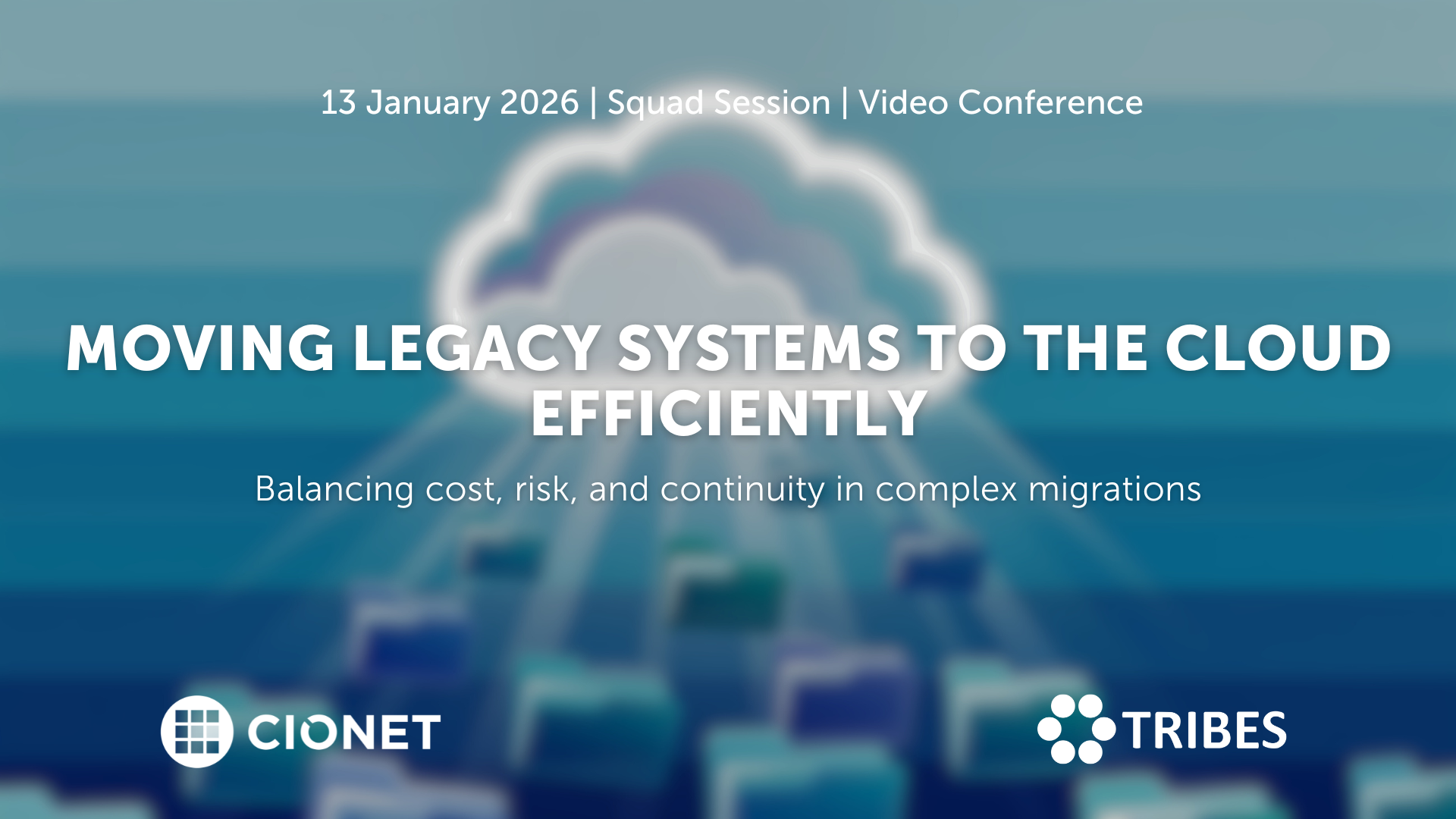
Belgium 13-1-26 Squad Only Virtual english
Migrating legacy systems to the cloud remains one of the toughest balancing acts in IT. Every choice affects stability, cost, and trust at once, and what starts as a modernisation effort quickly turns into a negotiation between ambition and reality. Suddenly budgets rise, dependencies appear late, and timelines tighten as old architectures collide with new expectations. In the end, success depends on sequencing, ownership, and aligning business priorities with infrastructure limits, and not only on technical readiness. Making it work requires more than a plan on paper. Knowing which systems genuinely belong in the cloud, which can wait, and which should stay put shapes the entire roadmap and defines its success. Each refactoring decision sets the level of future flexibility, but it also drives cost and risk. The trade-offs between speed, sustainability, and resilience only become clear once migration begins and pressure builds. Let’s discuss how to plan migrations that stay on track, manage hidden dependencies, and handle downtime with confidence. Let’s also discuss how governance, testing, and vendor coordination keep progress visible and credible. Are you in? A closed conversation for those who turn cloud migration from a disruption into a long-term advantage.
Read More.png)
Belgium 20-1-26 All Members Physical english
CIOs today are being judged less as technology leaders and more as portfolio managers. Every euro is under scrutiny. Boards and CFOs demand lower run costs, higher efficiency, and clear ROI from every digital initiative. Yet, they also expect CIOs to place bets on disruptive technologies that will keep the enterprise competitive in five years. This constant tension is redefining the role. In this session, we go beyond FinOps and cost reporting to tackle the strategic financial dilemmas CIOs face.
Read More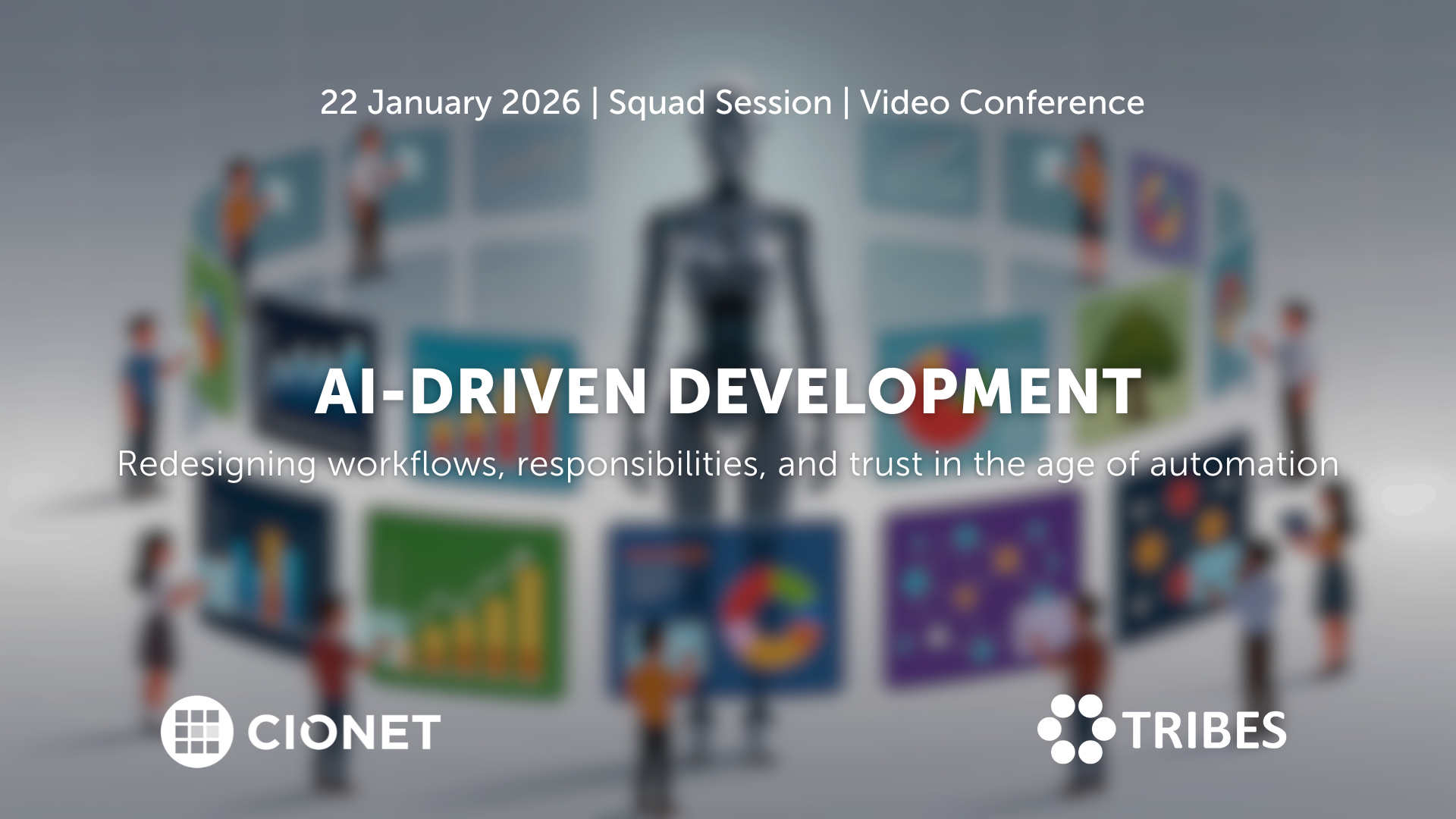
Belgium 22-1-26 Invitation Only Virtual english
AI coding assistants entered development teams quietly, but their impact grows by the day. What started as autocomplete now shapes architecture decisions, documentation, and testing. And when productivity gains are visible, so are new risks: security blind spots, uneven quality, and the slow erosion of shared standards. Teams move faster, but not always in the same direction. The challenge has become integration rather than adoption. And new questions have risen: how do you blend automation into established practices without losing oversight? When is human review still essential, and what should the rules of collaboration between developer and machine look like? As AI tools learn from proprietary code, where do responsibility and accountability sit? Let’s talk about how to redefine those workflows, balancing creativity with control, and protecting code quality in a hybrid human-AI environment. A closed conversation on where AI accelerates progress, where it introduces new debt, and how development culture must evolve to stay credible.
Read More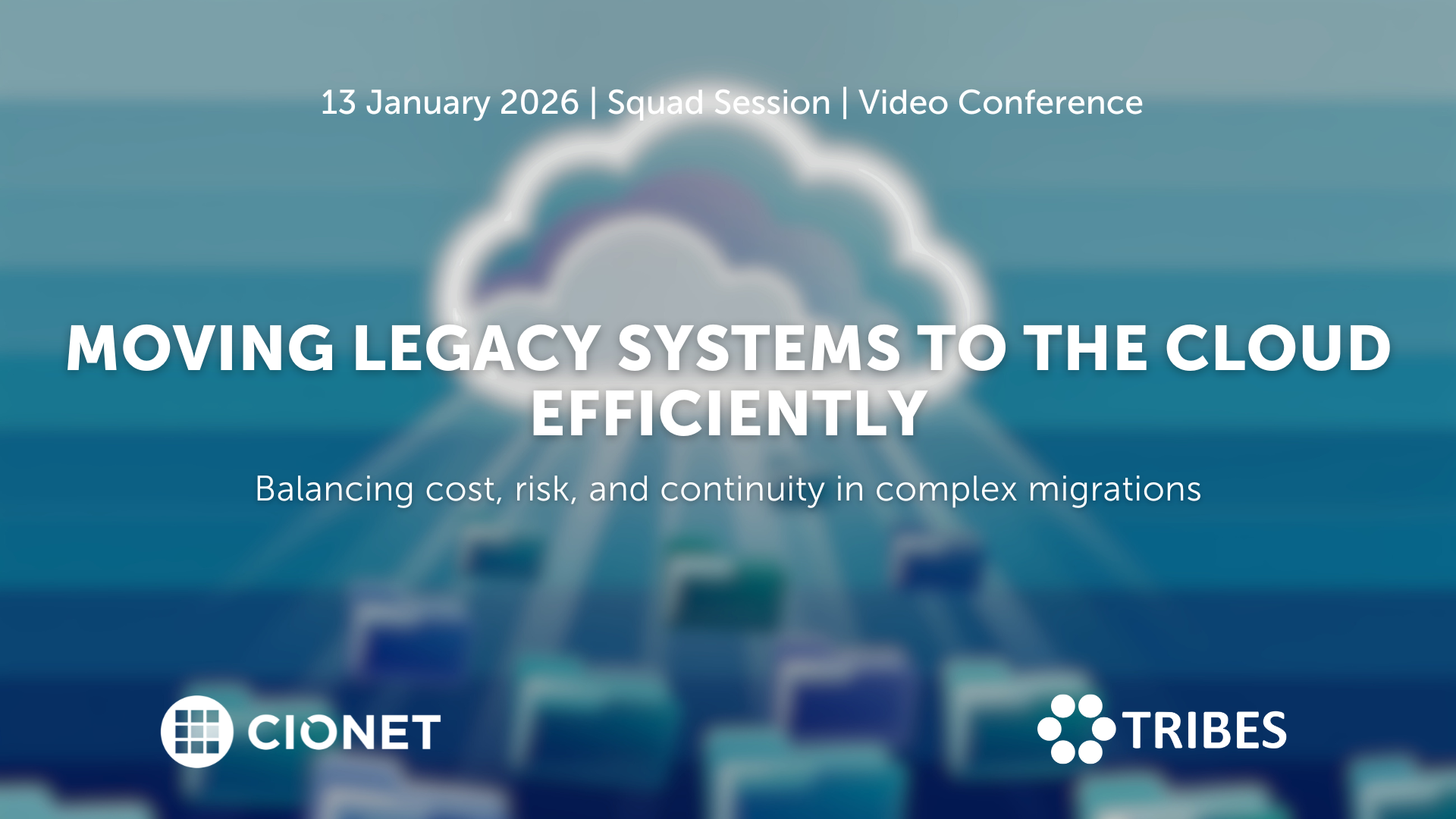
January 13, 2026 Squad Session Invitation Only Virtual english
Migrating legacy systems to the cloud remains one of the toughest balancing acts in IT. Every choice affects stability, cost, and trust at once, and what starts as a modernisation effort quickly turns into a negotiation between ambition and reality. Suddenly budgets rise, dependencies appear late, and timelines tighten as old architectures collide with new expectations. In the end, success depends on sequencing, ownership, and aligning business priorities with infrastructure limits, and not only on technical readiness. Making it work requires more than a plan on paper. Knowing which systems genuinely belong in the cloud, which can wait, and which should stay put shapes the entire roadmap and defines its success. Each refactoring decision sets the level of future flexibility, but it also drives cost and risk. The trade-offs between speed, sustainability, and resilience only become clear once migration begins and pressure builds. Let’s discuss how to plan migrations that stay on track, manage hidden dependencies, and handle downtime with confidence. Let’s also discuss how governance, testing, and vendor coordination keep progress visible and credible. Are you in? A closed conversation for those who turn cloud migration from a disruption into a long-term advantage.
Read More
January 22, 2026 Squad Session Invitation Only Virtual english
AI coding assistants entered development teams quietly, but their impact grows by the day. What started as autocomplete now shapes architecture decisions, documentation, and testing. And when productivity gains are visible, so are new risks: security blind spots, uneven quality, and the slow erosion of shared standards. Teams move faster, but not always in the same direction. The challenge has become integration rather than adoption. And new questions have risen: how do you blend automation into established practices without losing oversight? When is human review still essential, and what should the rules of collaboration between developer and machine look like? As AI tools learn from proprietary code, where do responsibility and accountability sit? Let’s talk about how to redefine those workflows, balancing creativity with control, and protecting code quality in a hybrid human-AI environment. A closed conversation on where AI accelerates progress, where it introduces new debt, and how development culture must evolve to stay credible.
Read More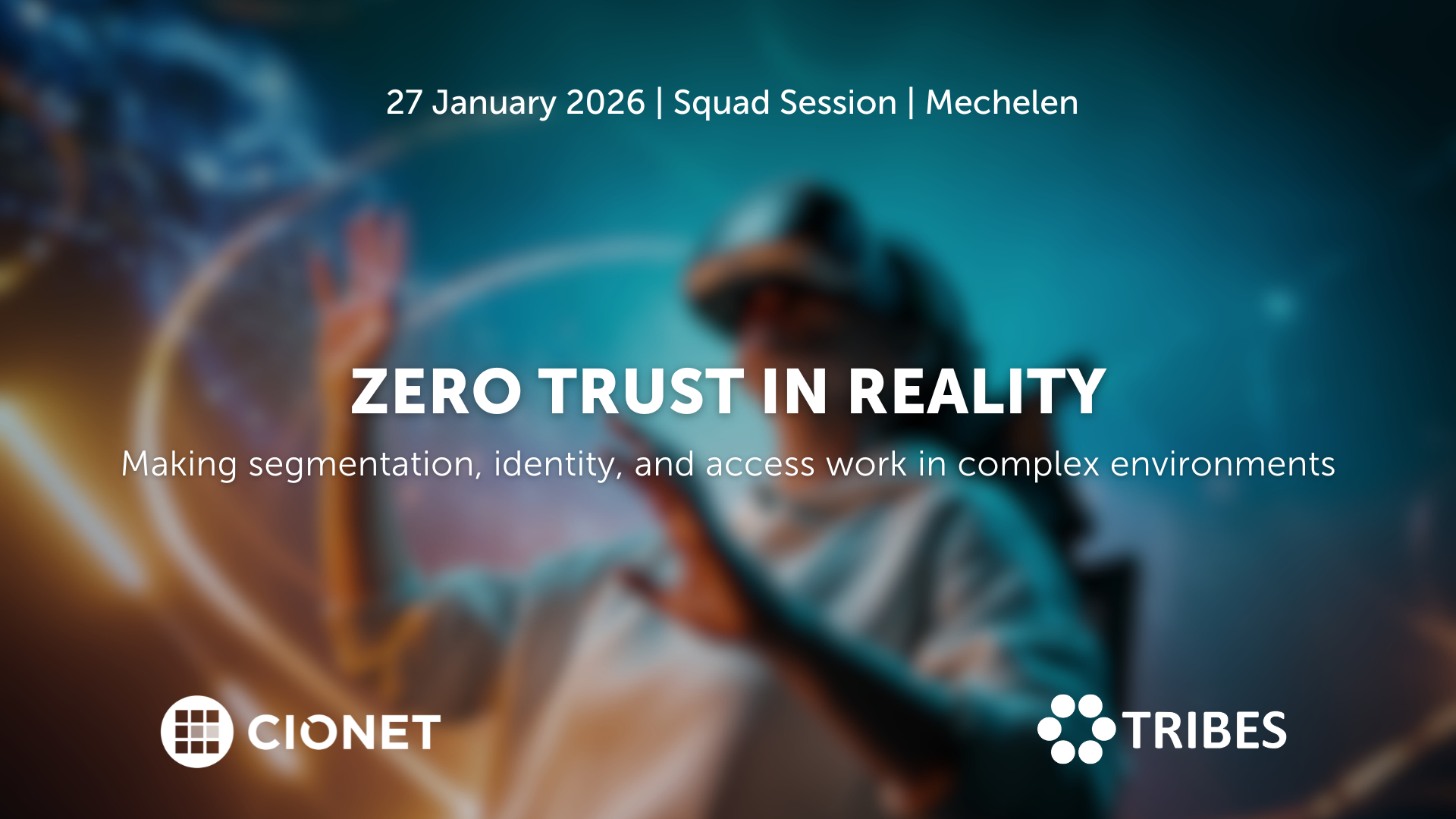
January 27, 2026 Squad Session Invitation Only Physical english
Zero Trust sounds simple on paper: trust no one, verify everything. But once you start implementing it, the fun begins. Legacy systems, hybrid networks, and human habits don’t read the manual. The idea is solid; the execution, not so much.
Read More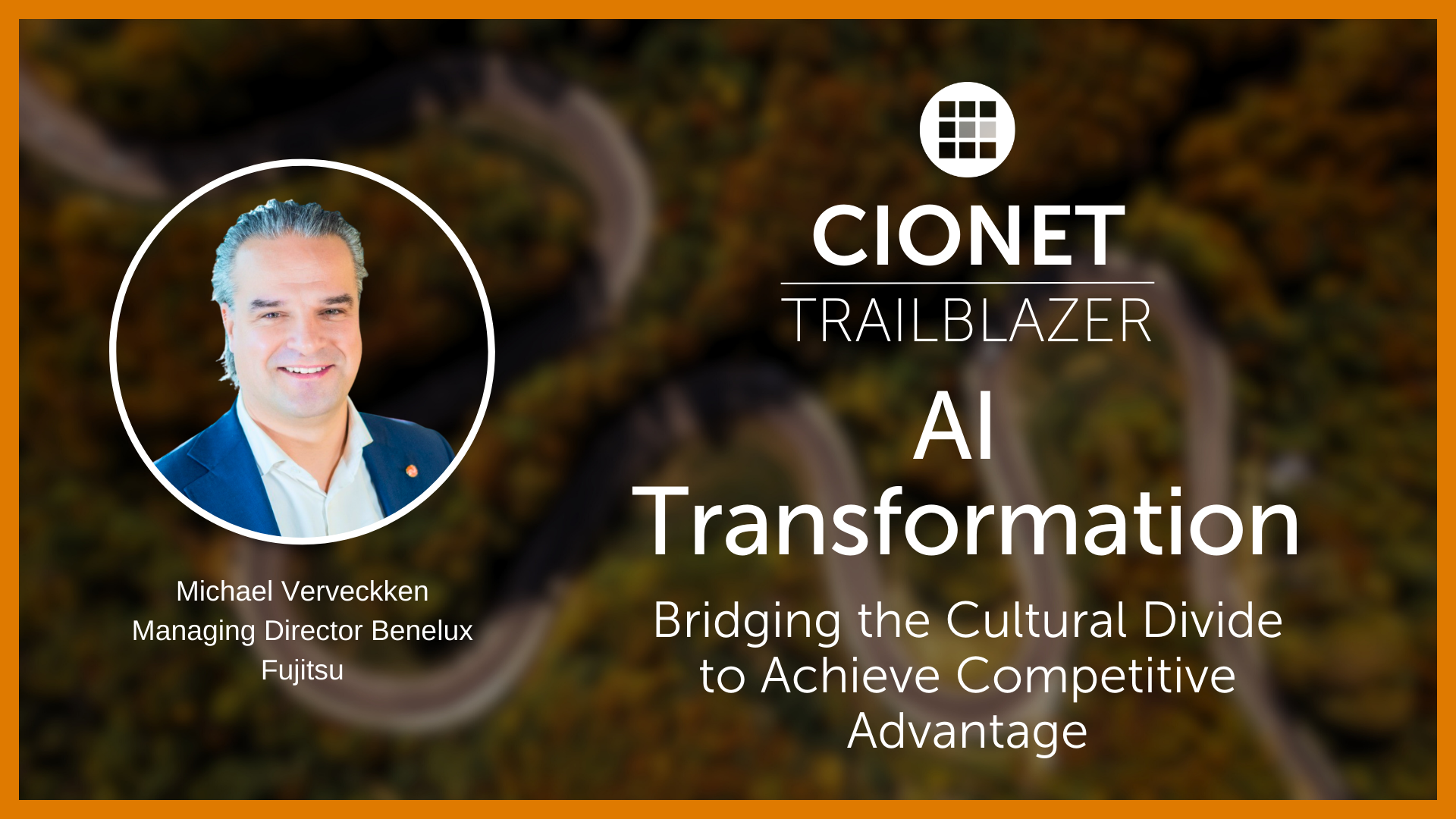
CIONET Trailblazer: AI Transformation: Bridging the Cultural Divide to Achieve Competitive Advantage
Published on: December 17, 2025 @ 9:16 AM
Toyota’s 10-Year Journey for a Faster and More Efficient App Dev Strategy
Toyota Motor Corporation is one of the world's leading automakers. The company adopted OutSystems in 2014 to modernize legacy systems. Starting with small-scale departmental applications, Toyota slowly expanded the use of OutSystems. By 2020, OutSystems has become one of the basic IT tools in the Toyota Group.
At a significant turning point described as a once-in-a-century event, Toyota is moving at full-speed in its transformation from being a car manufacturer to becoming a mobility company.
“In the 10 years since its introduction, OutSystems has become the obvious choice for development projects within the Toyota Group. We feel that the speed and quality of delivery have improved, and user satisfaction has also increased.” - Atsushi InagakiGeneral Manager IT BPR Promotion Div. , Information Systems Group
"I feel that the value people seek in this product we call 'cars' has undergone significant changes," says Toshiyuki Hibi, Chief Officer of the Information Systems Group at Toyota.
"We've transitioned from an era where there was inherent value in owning a car, to an era where cars are perceived as a means to enjoy the value created through the experience of mobility. What people want in a car is also changing."
One of the factors accelerating this change in values is the rapid development of digital technology. This wave of digital transformation (or "DX" for short), which seeks to leverage the latest technologies to change the world for the better, poses an important challenge of how to effectively respond. Toyota recognizes this initiative as one of its crucial business challenges.
“While skillfully leveraging digital solutions as a tool, we're thinking about what kind of transformation we can bring to the automotive industry and to society as a whole through cars. What new value can we create? We're striving to build the infrastructure required for considering and implementing such changes.” - Toshiyuki HibiChief Officer, Information System Group Toyota Motor Corporation
The Toyota Group, with Toyota Motor Corporation at its core, adopted OutSystems to tackle projects that are essential for pursuing digital transformation. Toyota launched its proof-of-concept activities in 2014.
Atsushi Inagaki, General Manager of DX Promotion Division at Toyota Motor Corporation and one of the key figures in the implementation of OutSystems, expressed the following at the time. "I felt that my mission was to establish a framework that allows us to swiftly modernize our legacy systems and enact digital reforms in the surrounding areas."
Inagaki's initial mission was to modernize large-scale legacy systems, including long-standing applications used at Toyota, such as parts catalogs.
"We were seeing warning signs of the decline of the labor force in Japan. In particular, the shortage of IT talent was said to become an increasingly serious issue on a global scale,” Inagaki explained. “In addition to modernizing our legacy systems, we wanted to create an environment that could adapt to changes in the future labor environment using IT solutions. We were looking for the tools that could achieve this."
Toyota evaluated various products to establish such an environment, including what were then referred to as "ultra-high-speed development tools." OutSystems was one of the leading candidates.
Inagaki described: "Toyota's legacy systems use a variety of programming languages, including PL/I and COBOL. The engineers who are adept at these languages will soon reach retirement age. We wanted to create a world where these engineers could easily adapt to new environments at a low learning cost, and where even those with limited knowledge and experience could easily comprehend the framework and create systems. OutSystems, which allows us to build a variety of applications based on a visual environment, was exactly what we needed."
Inagaki also valued OutSystems for its ability to allow for flexible and high-quality post-release system improvements by incorporating user feedback. Inagaki explained that what users want out of a system like this is a product that is "fast, reasonably priced, and efficient." In this context, "fast" means shorter development periods, "reasonably priced" means reduced development costs, and "efficient" means high-quality deliverables.
"In addition to these requirements, as a global company, we also had to consider the scalability of a tool like this when looking to expand the scope to overseas locations. We determined that OutSystems aligns exceedingly well with our criteria." - Atsushi InagakiGeneral Manager IT BPR Promotion Div. , Information Systems Group
Toyota's first full-fledged use case with OutSystems was a relatively small application used in the User Department, called the "Sheet Metal System." Development work with OutSystems achieved approximately a 30% reduction in work hours compared to conventional development methods.
Building on the successful results of this project, Toyota began to accelerate the full-scale deployment of OutSystems. The scope of application was gradually expanded, starting with the migration of a system for managing the production of procured parts.
"Initially, there was some resistance from engineers who complained that they can't work with a tool like this,” Inagaki explained. “Incidentally, around the same time, Toyota was starting to work on activities aimed at improving development productivity and reducing lead times, and OutSystems was introduced as a tool for these efforts. This marked the beginning, as more and more teams started to show interest in OutSystems for their projects. This trend extended beyond the engineering IT domain to include corporate IT.”

Regarding the deployment of OutSystems, Inagaki said, "If your goal is to improve development productivity, then give OutSystems a try. If there's anything you don't understand, the in-house help desk will answer your questions anytime." He also explained that this has not changed significantly since Toyota introduced OutSystems. However, as more projects continued to demonstrate positive results, the amount of interest in OutSystems also grew. This led to the need for a more robust help desk and better training for development personnel.
"For a while after introducing the tool, our main problem was that there were very few engineers who could actually use OutSystems. I remember struggling with educating engineers and figuring out how to create a standard system to increase productivity using OutSystems," Inagaki recalled.
Toyota Motor Corporation, in collaboration with Toyota Systems and partner companies, has made efforts to simultaneously strengthen the help desk framework, accumulate and disseminate case studies and practical know-how, and organize common components used in development. By 2020, the scope of implementation of OutSystems had expanded to cover the entire Toyota Group, and the system that was established is now functioning as a Center of Excellence (CoE).
"As the scope of use expands and scales throughout the entire group, the demand for the use of OutSystems grows not only for direct users, but also for development partners,” said Inagaki. “To meet this demand, we need to build a framework that allows our partners who aren't as familiar with OutSystems to have an accurate understanding of the tool and to create applications that adhere to the group's standards. To achieve this, we've organized a consortium to facilitate close communication among stakeholders, and made efforts to strengthen the capacity of the help desk and the CoE in collaboration with Toyota Systems and partner companies."

The information exchanges and technology sharing for improving development productivity with OutSystems are not limited to employees of Toyota Motor Corporation, Toyota Systems, and others in the Toyota Group. It also includes partner companies. There is also an ongoing initiative to create educational programs that involve accepting temporary transfers from partner companies to train their employees.
Furthermore, within the Toyota Group, in addition to the traditional waterfall model of development, there has been a gradual shift toward the more compatible Agile approach since the company introduced OutSystems.
To achieve results in an Agile development, it is essential to not only use suitable tools, but also to undergo a shift in mindset among team members regarding team composition and system development. Yuki Matsunaga, Group Manager of the Business Innovation Support department in the DX BPR promotion division of Toyota Motor Corporation, is one of the leaders working on enacting these changes. Matsunaga has been trained in Scrum and is currently serving as a Scrum Master for an Agile development project in the Corporate Department.
“In my experience in system development, I wasn't particularly fond of the waterfall approach, which often felt like a one-sided transaction where the user leaves everything up to the developers. In Agile, there's more of an equal relationship between users and developers. Along the development process, we verify that what we're building is actually valuable to users. I feel strongly that OutSystems is an excellent development foundation for facilitating this kind of framework, and I feel that our efforts to incorporate its use company-wide have been a major turning point for us.” - Yuki MatsunagaGroup Manager Business Management Support Gr. Business Innovation Support Dept. IT BPR Promotion Div. , Information Systems Group
As of October 2023, 23 companies in the Toyota Group have begun using OutSystems, both in Japan and overseas offices. Particularly at Toyota Motor Corporation, it is used in over 70 projects across various business domains. Utilization extends beyond legacy modernization, including front-end development to connect legacy systems with users.
In the span of nearly 10 years since OutSystems was first introduced, a wealth of practical know-how has been accumulated through many projects. At the same time, organizational support structures for systematic utilization through proof-of-concept activities and consortiums have also begun to form. Looking back at these efforts, Inagaki reflects, "I feel that OutSystems has finally become everyone's go-to tool within the organization."
This initiative is planned to be further strengthened in the future. Establishing evaluation indicators for projects adopting OutSystems, as well as strengthening the operational and maintenance structure utilizing the features of OutSystems as a platform, are among the immediate areas of focus.
"There's also been a recent movement to promote a shift toward the cloud wherever possible. We think there's a feasible direction we can take in utilizing the cloud for infrastructure, while leveraging OutSystems as the development and execution environment to avoid lock-in by cloud vendors", explained Inagaki.
OutSystems is becoming one of the essential tools in driving digital transformation within the Toyota Group. Inagaki, who has been leading the efforts since the initial introduction, concluded:
“I would like to see OutSystems approach the issues Japan is currently facing, such as a declining workforce and a shortage of IT talent, from the perspective of improving development productivity. While technologies like generative AI have been gaining attention in recent years, incorporating such technologies into OutSystems could potentially create a world where even beginners with limited programming language skills can implement applications in a short period. With a focus on how the latest technologies can contribute to improving development productivity, I look forward to seeing your continued excellence in product development in the future.” - Atsushi InagakiGeneral Manager IT BPR Promotion Div. , Information Systems Group
140 Views 0 Likes Read More

Digital Transformation is redefining the future of health care and health delivery. All stakeholders are convinced that these innovations will create value for patients, healthcare practitioners, hospitals, and governments along the patient pathway. The benefits are starting from prevention and awareness to diagnosis, treatment, short- and long-term follow-up, and ultimately survival. But how do you make sure that your working towards an architecturally sound, secure and interoperable health IT ecosystem for your hospital and avoid implementing a hodgepodge of spot solutions? How does your IT department work together with the other stakeholders, such as the doctors and other healthcare practitioners, Life Sciences companies, Tech companies, regulators and your internal governance and administrative bodies?
Read More
The Telenet Business Leadership Circle powered by CIONET, offers a platform where IT executives and thought leaders can meet to inspire each other and share best practices. We want to be a facilitator who helps you optimise the performance of your IT function and your business by embracing the endless opportunities that digital change brings.
Read More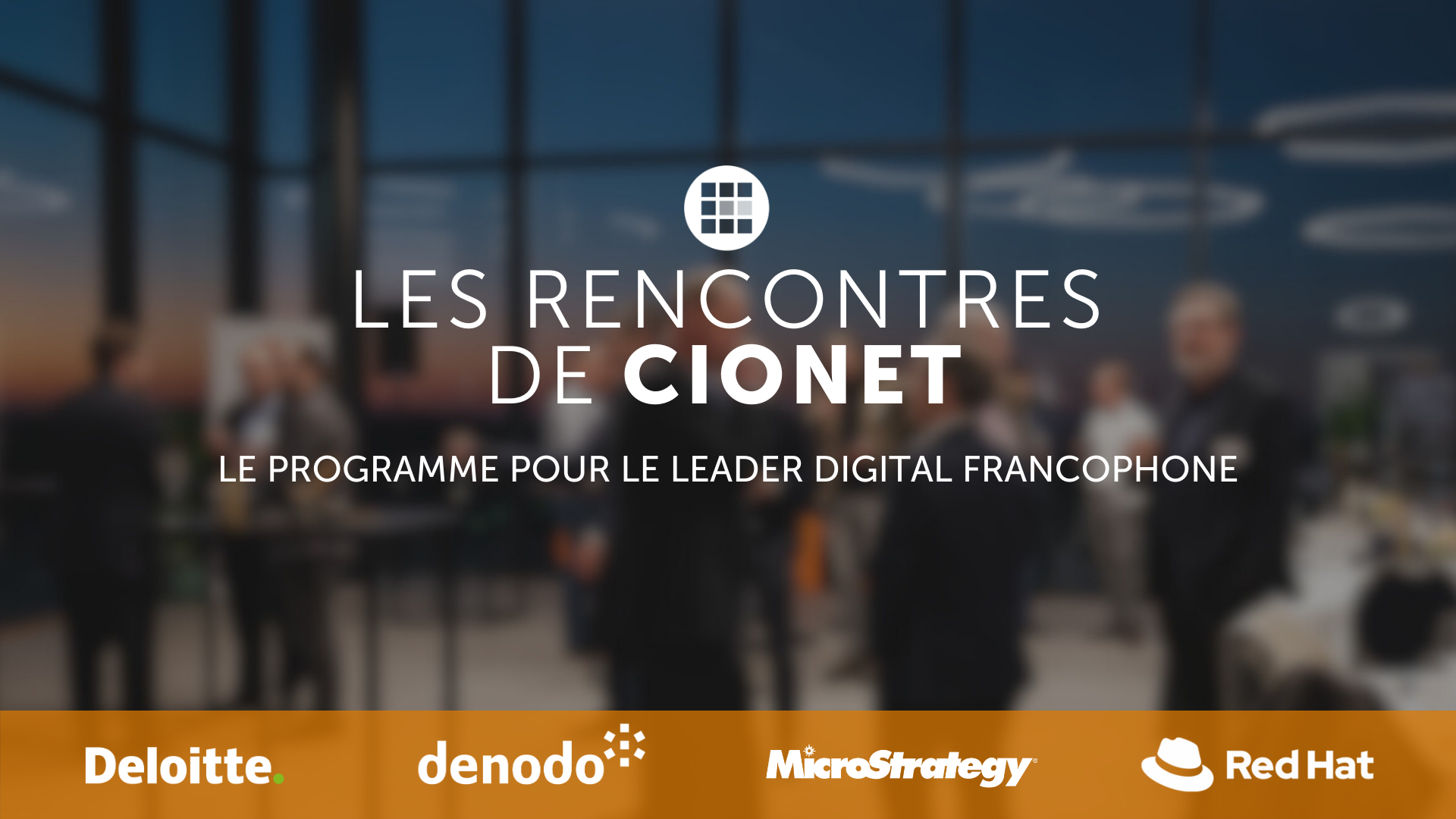
Découvrez la dynamique du leadership numérique aux Rencontres de CIONET, le programme francophone exclusif de CIONET pour les leaders numériques en Belgique, rendu possible grâce au soutien et à l'engagement de nos partenaires de programme : Deloitte, Denodo et Red Hat. Rejoignez trois événements inspirants par an à Liège, Namur et en Brabant Wallon, où des CIOs et des experts numériques francophones de premier plan partagent leurs perspectives et expériences sur des thèmes d'affaires et de IT actuels. Laissez-vous inspirer et apprenez des meilleurs du secteur lors de sessions captivantes conçues spécialement pour soutenir et enrichir votre rôle en tant que CIO pair. Ne manquez pas cette opportunité de faire partie d'un réseau exceptionnel d'innovateurs numériques !
Read More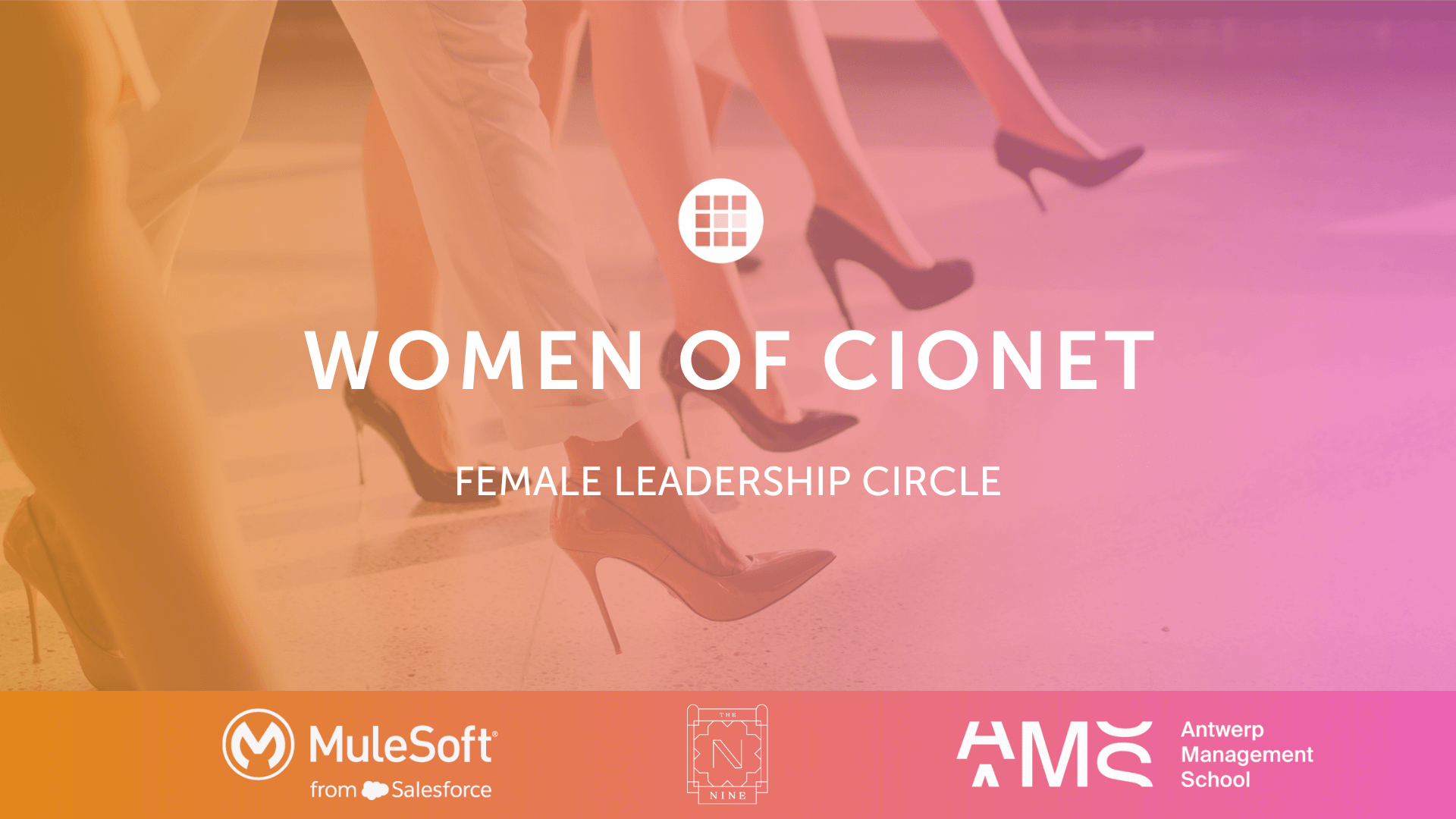
CIONET is committed to highlighting and celebrating female role models in IT, Tech & Digital, creating a leadership programme that empowers and elevates women within the tech industry. This initiative is dedicated to showcasing the achievements and successes of leading women, fostering an environment where female role models are recognised, and their contributions can ignite progress and inspire the next generation of women in IT. Our mission is to shine the spotlight a little brighter on female role models in IT, Tech & Digital, and to empower each other through this inner network community.
Read More
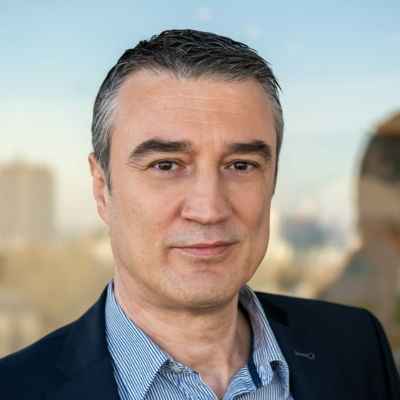

-Apr-01-2022-10-58-34-57-AM.png)







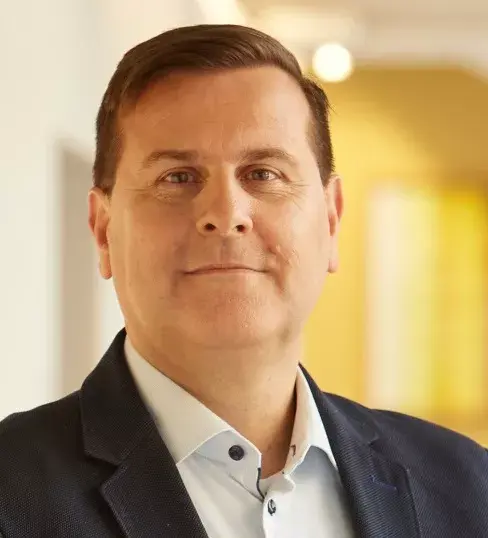

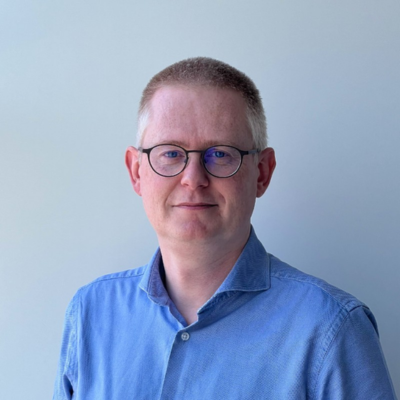

-Dec-13-2023-10-53-15-5032-AM.png)




-Jun-12-2023-01-23-11-7540-PM.png)





-Apr-01-2022-10-58-34-68-AM.png)

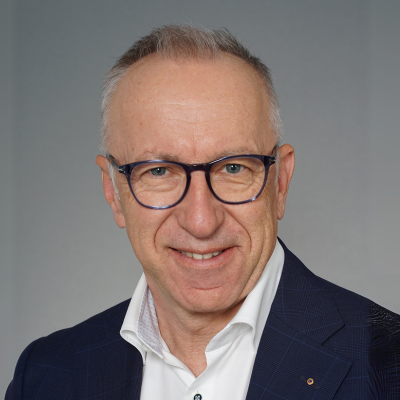



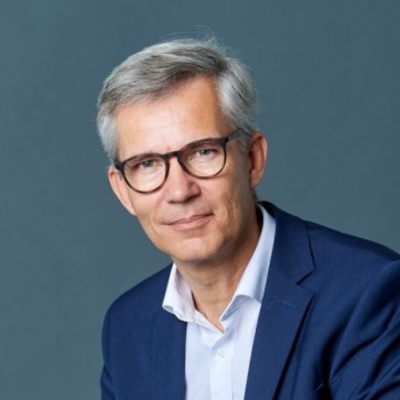




-2.jpg)
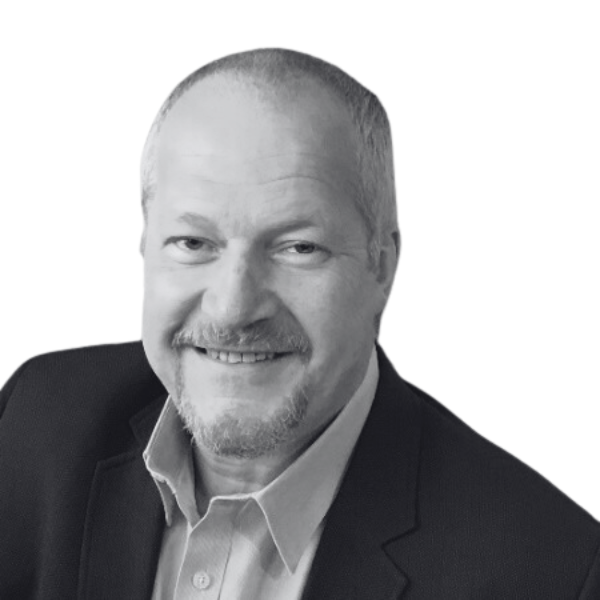

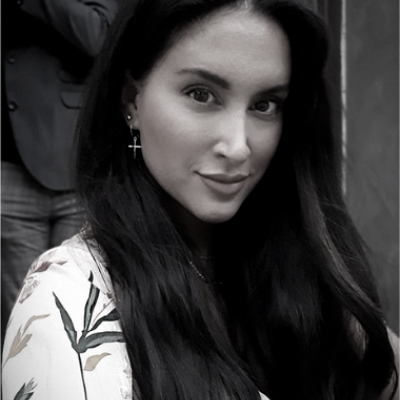

-Sep-01-2022-02-47-55-60-PM.png)
-Nov-22-2023-08-56-42-6802-AM.png)
.png)

Would you like to know more about CIONET Belgium, membership or partnership opportunities? Do you have feedback or any other question? Send us a message!
You can either send us a registered handwritten letter explaining why you'd like to become a member or you can simply talk to us right here!